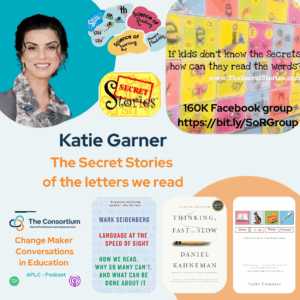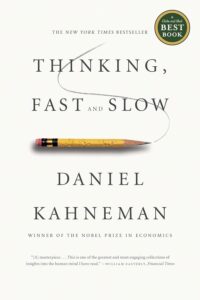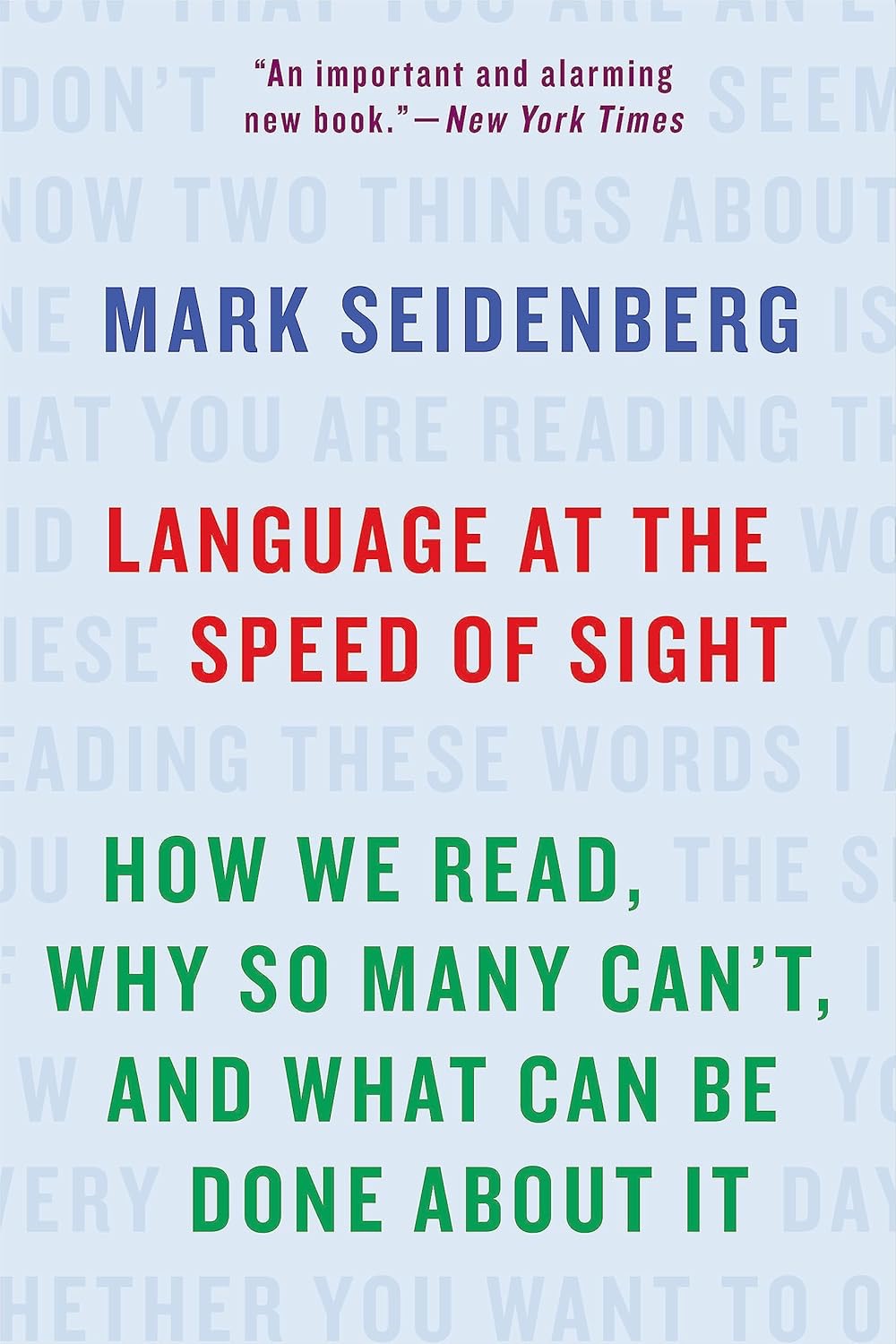
In this episode our co-hosts, Charlie Kraig and Dr. Rick Gilson visit with Katie Garner, the creator of Secret Stories: Cracking the Reading Code with the Brain in Mind. Katie brings a great deal of energy and passion to the subject, Charlie our wizard of Morphology at APLC was in her element. We hope you enjoy the visit and the resources and links shared below.
Before we go any further we want to emphasize that Secret Stories® “is NOT a program, but embedded mnemonic tools that are designed to work with existing reading or phonics curricula to “speed-up” access to the ‘secret’ code kids (and adults relearning following a brain injury or those learning English as an additional language) need to read.
Katie Garner: Katie has taught and supported others, specifically in acquiring the skills, knowledge and “secrets” to reading for decades. In addition to her Master of Education degree, Katie is also a Juilliard-trained musician with a focus on voice. Embracing neuroscience, Katie has focused her work on delivering the keys, the secrets to reading English. The alphabet song, the images and stories behind each letter and their connections or even associations with other letters they live and don’t live with provide an engaging and research-supported way to acquire reading skills. A strong advocate of the science of reading-based instruction, Katie shares the research and resources through the Secret Story website, YouTube channel and her involvement with an exceptionally engaged (over 160K strong) Secret Stories Facebook public group.



As always, we start out with a question to our guests, inviting them to share what they are reading, and Katie surprised us with, Where is the Mango Princess? A Journey Back from Brain Injury by Cathy Crimmins, and shared the story of her father’s brain bleed and recovery, connecting that with another very unexpected title, the award-winning Thinking Fast and Slow by Daniel Kahneman.
The explanation of the connection, and the concept of thinking fast and slow, reading fluency, and unlocking the ability to see and connect symbols to sounds provided for a very interesting discussion.

Throughout the conversation Katie shares several examples and references her work, the research, the value and importance of having dedicated phonics instruction kindergarten through grade 2 or grade 3 depending on the jurisdiction in that they provide a measure of structure and accountability to ensure we have hit those marks by those designated points in time, all the while stressing that waiting, holding back on the sharing the “secret code” is not necessary and likely has a negative impact.
Katie specifically and on more than one occasion references another economic term that can be applied to literacy and reading in the Matthew Effect, that is, those with an initial advantage tend to accumulate more advantage over time. As Katie said (about 45 minute mark),”
“It is the Matthew effect: the rich get richer, the poor get poorer. The more the code we have, you know, in terms of reading achievement, the more you have, the earlier you’ve got it, the more words you can read, the more words you can read, the more you love reading, and the more practice you get, the more phonics practice you get. And that snowball effects in the other direction as well, poor readers with less of the code read less, get less phonics practice, the less they get, the less they want to read, and the worse readers they become. And it just, it just siphons the boat, the boat ends with our poor readers.”
Here Katie shared another Book and related website/blog Reading Matters: Connecting Science and Education by Mark Seidenberg, author of “Language at the Speed of Sight: How We Read, Why So Many Can’t, and What Can Be Done About It”.







